Rust Belt
By Sean Knickerbocker
Secret Acres
As the title Rust Belt implies, the stories in this TCAF debut book take place in the sweeping gloom of post-industrial America, where economic pressure fractures families and the trickle-down despair for the future creates situations where people either cling hard to each other or slowly chip away at the sense of safety others feel. Either way, a person’s actions are tainted by a feeling of doom, and Knickerbocker captures the tapestry weaving together dark slapstick of economic despondency with these interconnected short stories centered on Buffalo, NY
There’s high schooler Chad, who faces harassment in the halls and stumbles to express honest emotions to girls; Brad, aging and saddled to a joyless grocery store job as an assistant manager, a position of authority with little control over anything, most significantly his own trajectory in life; David, whose traumatic childhood was followed by a traumatic military stint, capped off by a traumatic adulthood of PTSD and alcoholism; Molly, who works and goes to art school while struggling to eat; and Jason, whose Alt-Right vlog leads to both opportunities and alienation.
It’s obvious Knickerbocker knows his subject matter well, and he’s skillful in the way he captures not only the experience of his central characters but the way they affect people around them. It’s a community that Knickerbocker is concerned with in Rust Belt and there is some interconnectedness with characters’ appearances in more than one story, but he’s also delving into the way personal experience can obscure a view of wider issues and obstruct the ability to create solutions for yourself. And it’s all rendered in a way that is far from depressing — it’s relatability is reassuring and its tone is even friendly, though moments can certainly jolt you in their honesty and stab you with your own recognition of them.
Yellow Yellow
Written by Frank Asch
Illustrated by Mark Alan Stamaty
Enfant Juvenile Fiction
This children’s book was originally published in 1970, long before this brand new reissue as part of Drawn & Quarterly’s Enfant imprint, well before Stamaty’s better-known work as a cartoonist. He’s enjoying a bit of a revival as his MacDoodle Street collection was just published by New York Review Comics. His art style is unmistakable — line drawings, typically of urban landscapes, that employ intentional clutter in evoking the overwhelming quality of the excitement evoked by cities, especially commercial areas with rampant signage and crowds of completely watchable people.
This is really Stamaty’s show. There’s really not much to read — Ash’s words amount to a few sentences and it’s a testament to Stamaty’s energy and imagination that he was able to transform them into Yellow Yellow.
In Stamaty’s hands, this dense drawing style provides a seemingly endless source of discovery for a visually-eager kid or the kid’s parent who going through the book with them. The New York Times review of the book in 1971 described it as “a city scene that Hieronymous Bosch would have enjoyed walking through,” though it might not have been gruesome enough for old Hieronymous.
But evoking Bosch points out that this is also a relic of another time when our tech was not shielding us from the space we moved in, but typically confined to indoors and we only had our eyes and minds to keep us occupied. There’s certainly still a lot to see in the world, and I’m sure that there are plenty of people who still see it, but Stamaty captures a time when the world was all there was, and a kid was not necessarily as savvy about all the hidden corners of it. In that kind of reality, every portion of the landscape was an opportunity to observe, explore, and discover — and not just isolated parts, but the whole damn vista.
The world back then was a crazy pile-on of things to be discovered, a pre-algorithmic free-for-all, and Stamaty’s work in Yellow Yellow well captures that overstimulating wonderland that, cliched or not to say, our phones and tablets have managed to obscure.
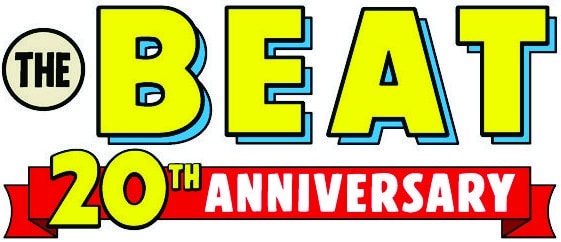
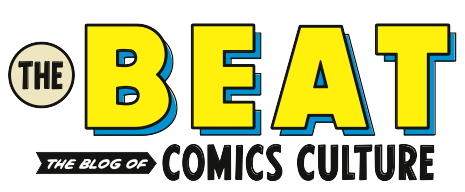
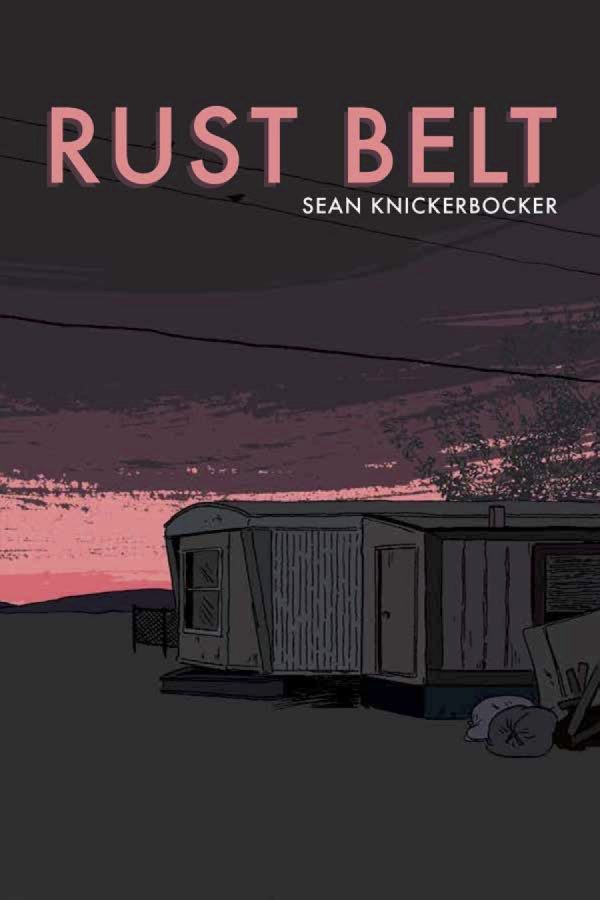




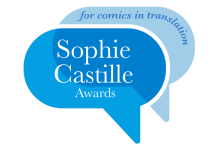


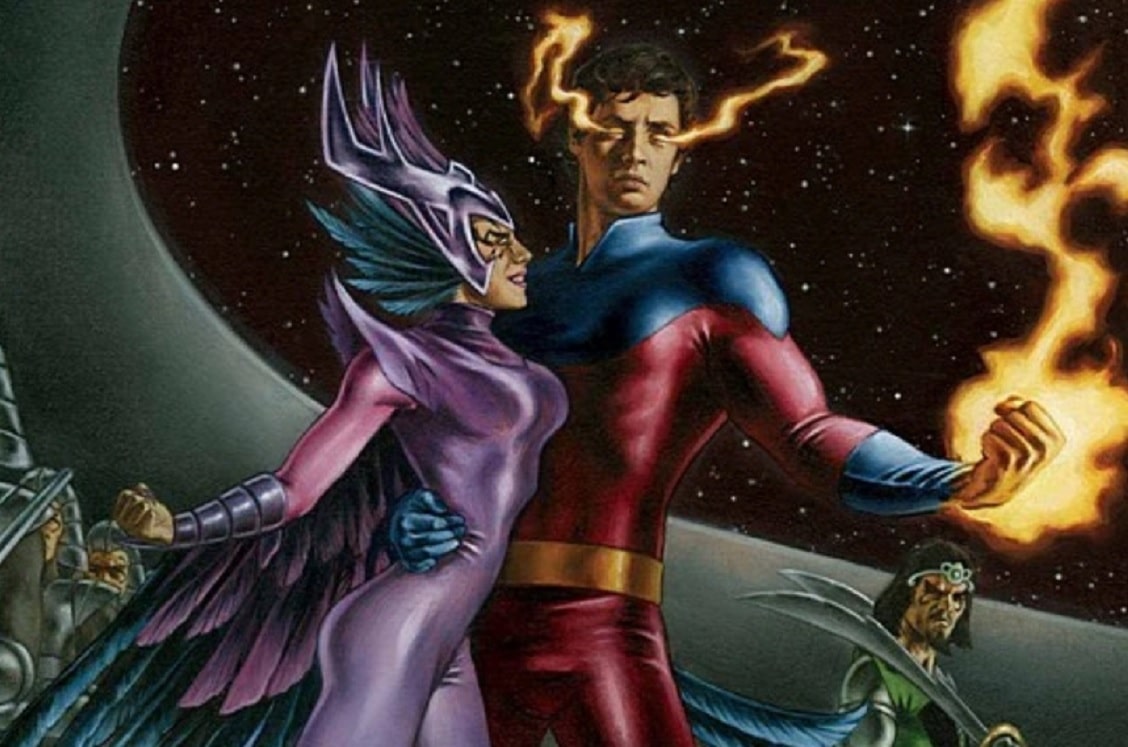
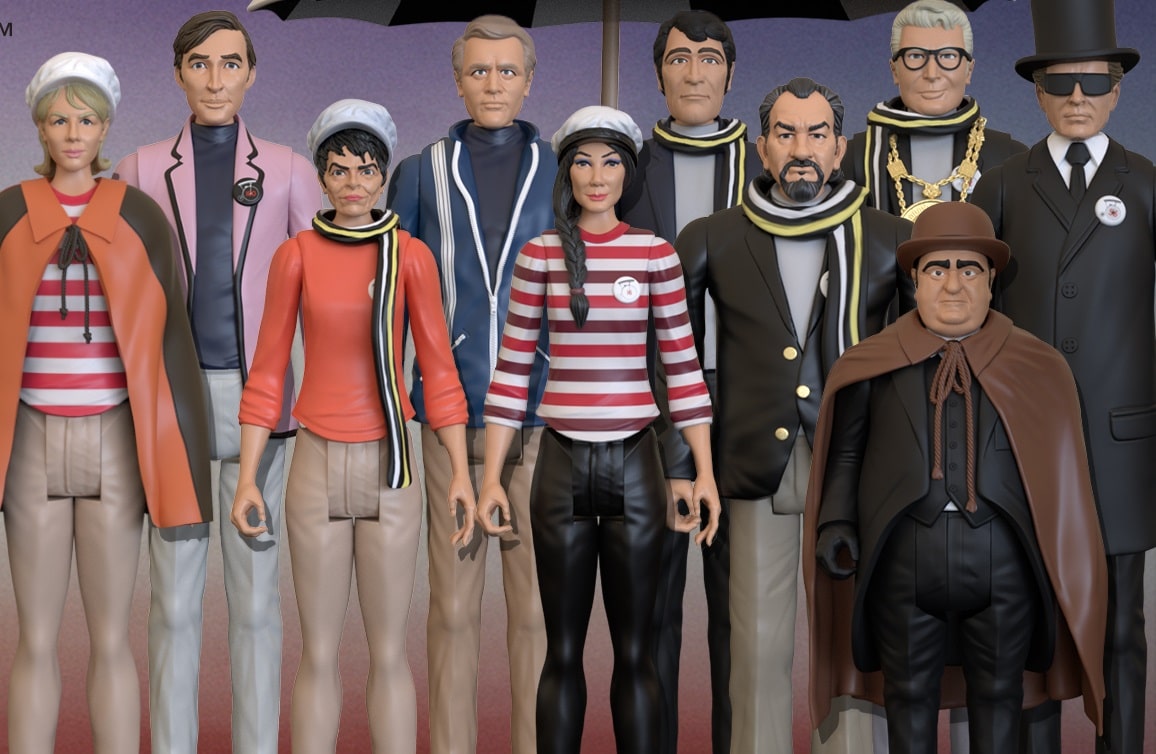
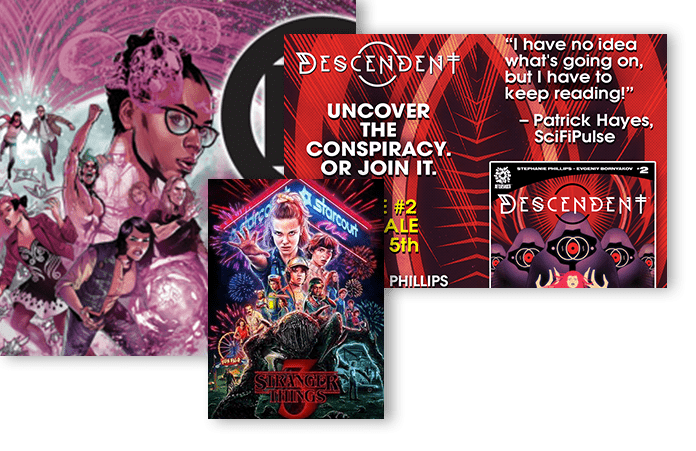
Comments are closed.